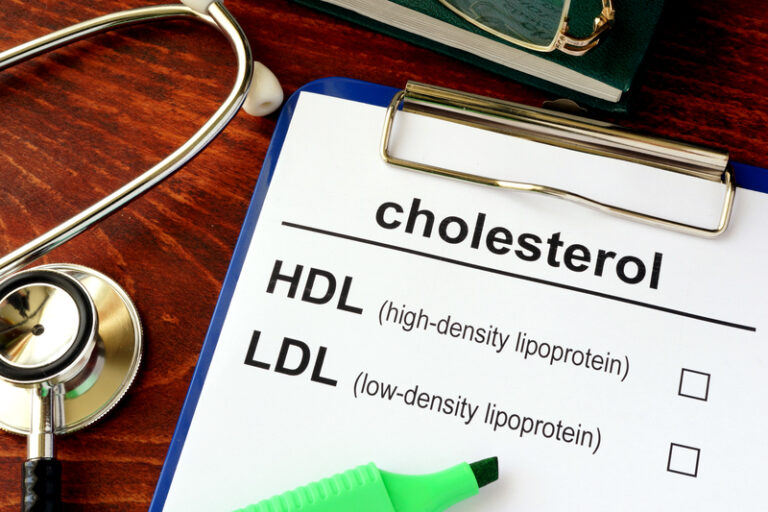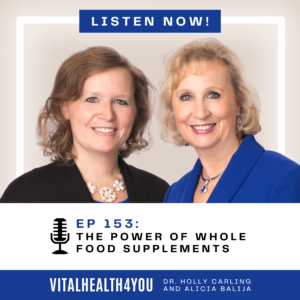According to the US Center for Disease Control and Prevention, over 78 million Americans, just over a third of all adults, are on a statin (cholesterol-lowering) drug. We are convinced as a society that cholesterol is bad, and that elevated levels are a direct path to cardiovascular and heart disease. But is this true? And if so, why would a substance so intrinsic to our health be the driver of disease?
Cholesterol is an essential molecule for life. Cholesterol is responsible for the fluidity and integrity of our cell membranes, allowing nutrients to pass through and wastes to be excreted. The ability of our brain neurons to fire requires cholesterol. All our hormones, including our sex and brain hormones, are made of cholesterol. Bile acids, required for the absorption of fat-soluble vitamins, including A, D, and E, are a byproduct of cholesterol.
What about statin drugs? Statins interrupt the synthesis of cholesterol, suppressing its many vital functions, and in the process also interrupt numerous other nutrients in the same pathway, such as CoQ10, vital for energy production. Common side effects include fatigue, muscle pain, weakness, poor sleep, and low blood platelet count.
LDL, or low density lipoprotein, has been labeled “bad cholesterol”—yet it isn’t cholesterol at all. LDL is a balloon-shaped lipoprotein that acts like a bus, carrying cholesterol like a passenger from the liver to the body’s tissues where it is needed. HDL, high density lipoprotein, labeled “good cholesterol”, is simply another bus that carries cholesterol the other direction, from our tissues back to the liver, where it is packaged up and eliminated from the body.
Numerous clinical studies point to the many benefits of higher LDL. LDL powerfully eliminates infection, prevents malignancies, facilitates cell repair and cell signaling, and is responsible for energy delivery. Some studies show that people with the highest LDL live the longest.
If our so-called “bad cholesterol” is critical for health, what is driving our epidemics of heart and cardiovascular disease? The real answer is inflammation. Inflammation is multifaceted, but a primary cause is insulin resistance, eventually leading to prediabetes and diabetes. Increased blood sugars promote oxidative stress and caramelize elastic fibers in blood vessels, decreasing the vessel’s ability to dilate. The body uses cholesterol to repair the damage; in the process small proteins in LDL are found in plaque buildup, and consequently blamed as a culprit of atherosclerosis. Yet is LDL the fireman or the arsonist? Put simply, if you have a high LDL and low insulin resistance, there is little to no risk of heart disease. If you have high LDL and high insulin resistance, your risk of heart disease is high.
We need a level of specificity to determine what the actual increased risk of heart disease is. At Vital Health we use extensive health intakes combined with functional nutrition and lab testing to uncover the causes. Then, acupuncture with a customized diet and nutritional supplements can naturally return you to a state of health.
©2023 Darcy Greenwald, M.S.O.M., L.Ac. and Vital Health







